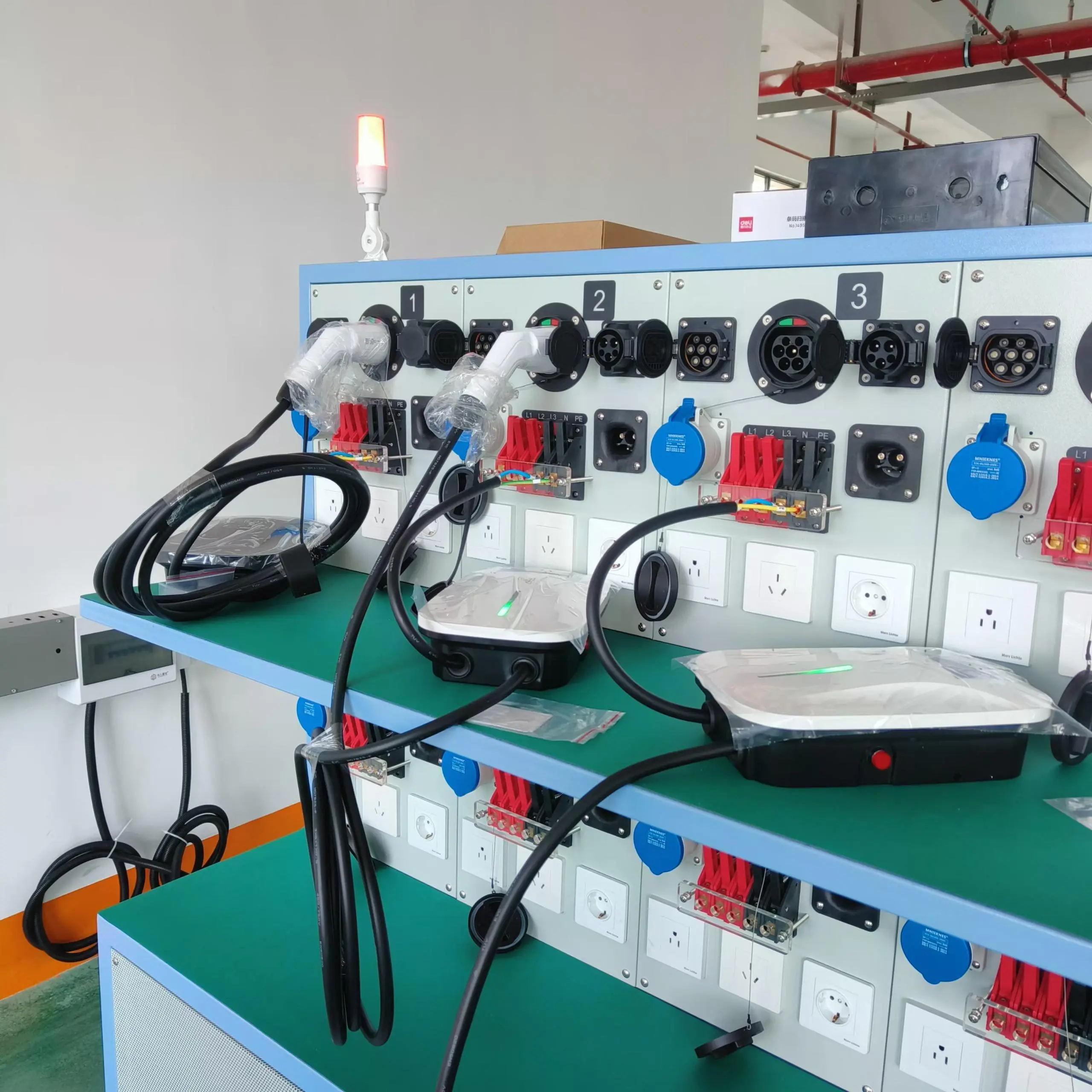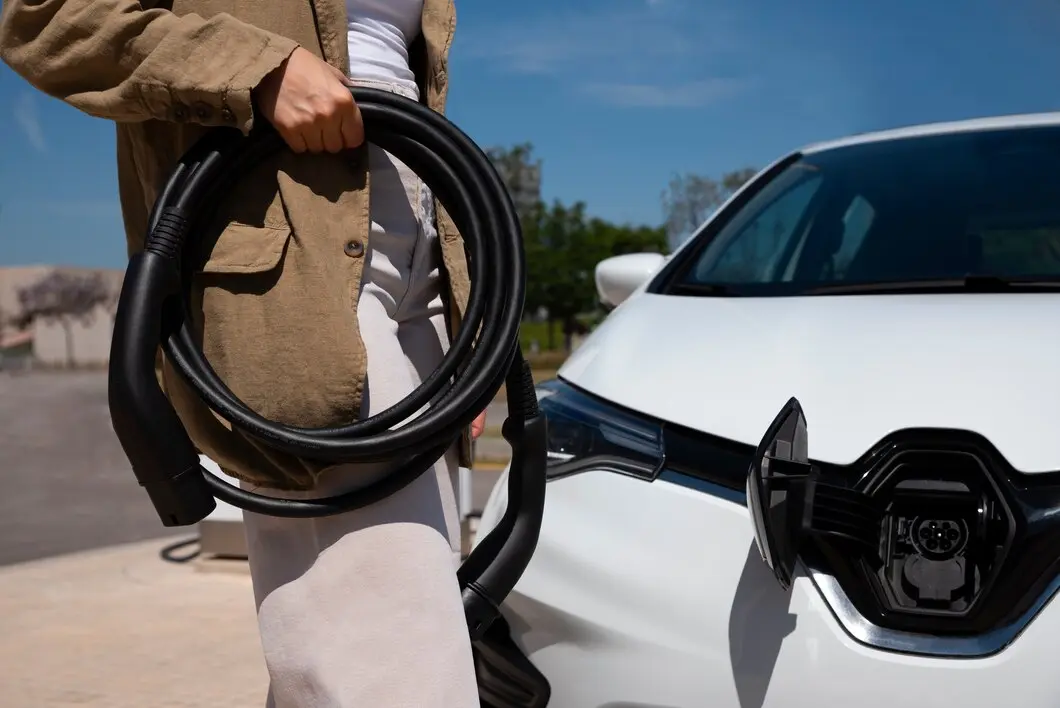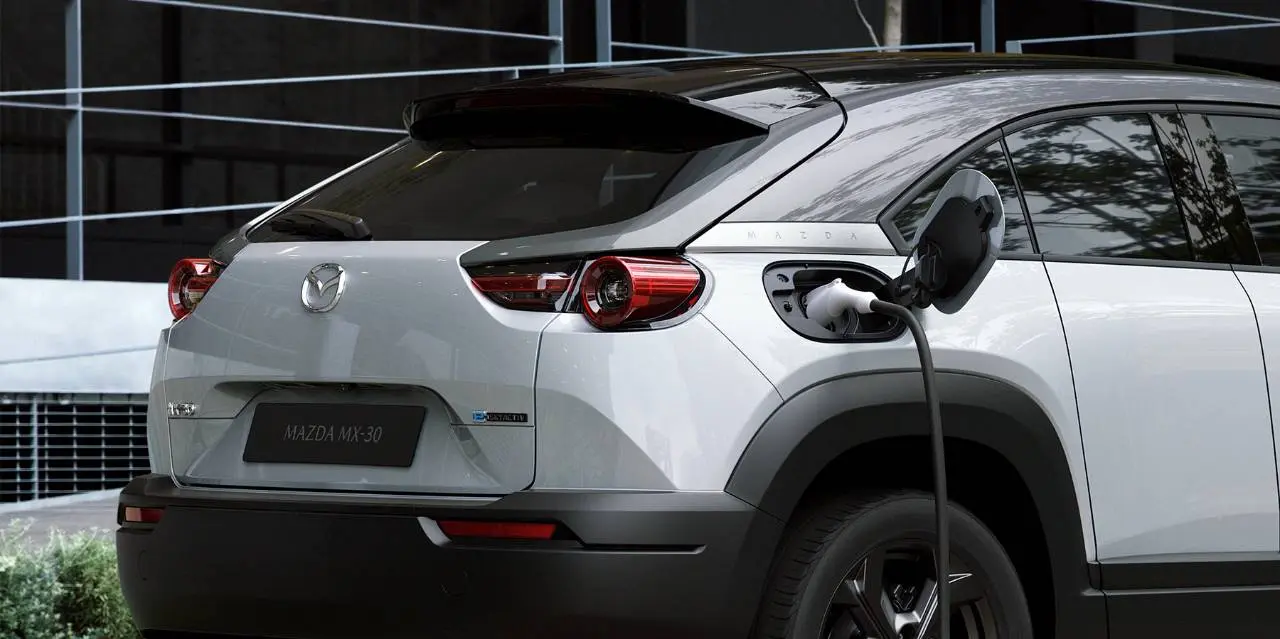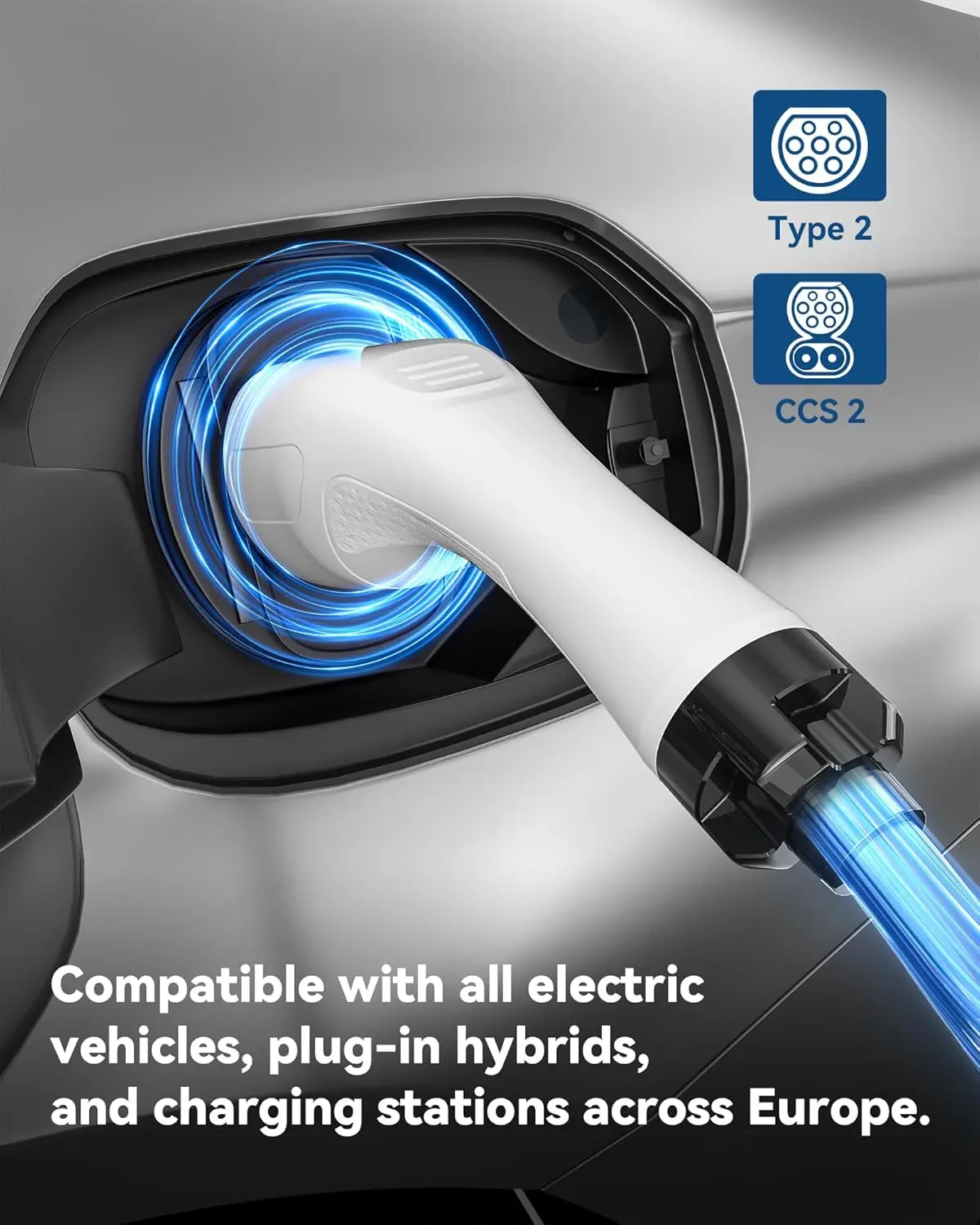Latest Market Trends in the New Energy Charging Station Industry
1. Rapid Growth in Market Demand
The surge in electric vehicle sales is the primary driver of the increasing demand for charging stations. According to data from the International Energy Agency (IEA), global electric vehicle sales exceeded 10 million units for the first time in 2022, and it is projected that the market share of electric vehicles will reach 30% by 2030. This trend indicates that the number of charging stations needs to increase significantly to meet the growing charging demand.
In China, the government has introduced a series of policies to encourage the purchase and use of electric vehicles, further stimulating the demand for charging stations. For instance, China plans to establish 2 million public charging stations by 2025, which is expected to provide more convenient charging services for electric vehicle owners.
GB/T Pinout

2. Technological Innovations Driving Industry Development
Technological innovation plays a crucial role in the new energy charging station industry. In recent years, advancements in fast charging technology have significantly reduced charging times, with many charging stations capable of fully charging an electric vehicle within 30 minutes. Additionally, the introduction of smart charging management systems that utilize Internet of Things (IoT) technology optimizes the charging process, ensuring efficiency and safety.
The rise of Vehicle-to-Grid (V2G) technology is also noteworthy. This technology allows electric vehicles to feed excess electricity back into the grid while charging, enhancing grid stability and providing additional revenue opportunities for electric vehicle owners. This bidirectional interaction benefits both grid management and the use of renewable energy.
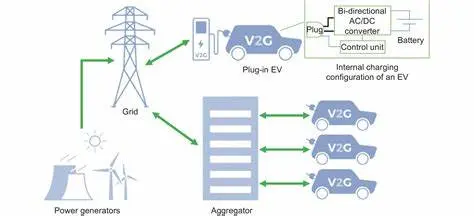
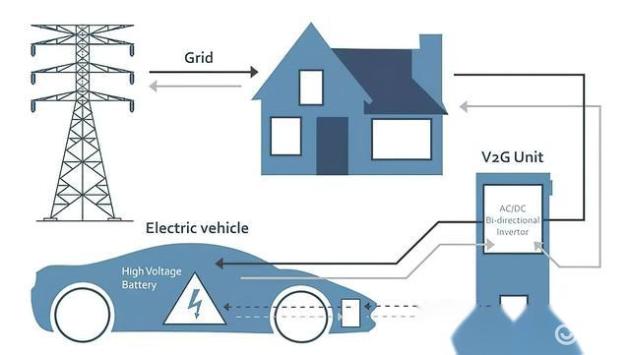
3. Strong Government Policy Support
Governments around the world are rolling out support policies to promote the construction and use of charging stations. In the United States, the Biden administration has proposed an infrastructure plan that aims to invest $7 billion in building a charging network over the next five years. European countries are also accelerating the development of charging infrastructure to meet the rapid growth of electric vehicles.
In China, in addition to setting targets for establishing a large number of public charging stations, the government also offers financial subsidies and tax incentives to attract enterprises to invest in charging infrastructure. Many local governments are actively collaborating with companies to jointly build charging networks and enhance charging convenience in cities.

4. Diversification of Market Participants
The market participants in the new energy charging station sector are becoming increasingly diverse. Besides traditional automobile manufacturers like Tesla and BYD, many companies are launching their own charging solutions in a bid to secure a foothold in the charging station market.
Emerging companies such as NIO and Xpeng are also making their mark in this field; they not only produce electric vehicles but also actively build charging station networks. These companies enhance charging convenience by developing proprietary brand charging stations and open platforms, attracting a large number of electric vehicle owners.
5. Ongoing Challenges and Opportunities
Despite the promising outlook for the new energy charging station market, several challenges remain. First, the construction of charging stations requires significant capital investment, and many companies face funding shortages. Second, the standardization and interoperability of charging stations still need improvement to ensure seamless connectivity between different brands.
However, these challenges also present opportunities. With ongoing technological advancements and market maturation, companies can leverage innovation to reduce construction and operational costs, thereby increasing the utilization rate of charging stations. Moreover, growing consumer acceptance of electric vehicles and charging stations will further drive market development.
6. Future Outlook
Looking ahead, the new energy charging station industry is poised for sustained rapid growth. As electric vehicles become more prevalent, charging stations will become an indispensable infrastructure. Continuous technological innovation, government support, and market diversification will collectively drive the development of the industry.
At the same time, companies need to stay attuned to market dynamics, adjust their strategies promptly, and actively participate in the construction of charging infrastructure to seize market opportunities. Through cooperation and alliances, sharing resources, and promoting the intelligence and accessibility of charging stations, the future of the new energy charging station industry will be bright.

Conclusion
The market trends in the new energy charging station industry indicate that with the rise of electric vehicles and technological advancements, the demand for charging stations will continue to grow. Government support, corporate innovation, and consumer acceptance will jointly promote industry development. In the face of challenges, market participants should respond proactively, leveraging cooperation and innovation to embrace a promising future for the new energy charging station industry.



















